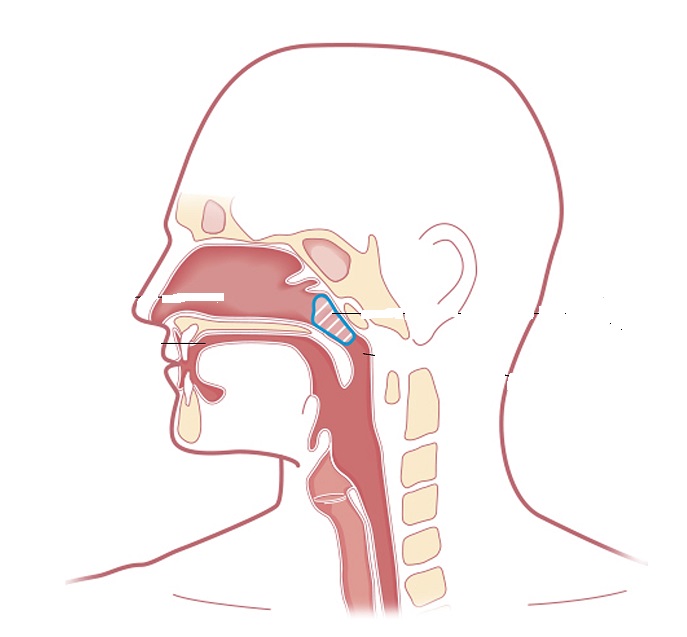
Ears, Nose, and Throat (ENT): Comprehensive Guide to Common Conditions
Welcome to our comprehensive guide on Ears, Nose, and Throat (ENT) health. Our goal is to provide you with clear, detailed information on various ENT conditions, helping you understand the symptoms, causes, and treatments. Whether you’re dealing with a cough, hearing loss, or sinusitis, we’ve got you covered. Let’s dive into the specifics of each condition.
Common ENT Conditions
Cough
A cough is a reflex action to clear your airways of mucus and irritants. Persistent coughing can be a sign of underlying conditions like allergies, infections, or even acid reflux. It’s crucial to identify the root cause to receive appropriate treatment.
Crystal Deposition Disease
Crystal deposition diseases, such as gout, occur when crystals accumulate in your joints, leading to inflammation and pain. These can also affect the ear, causing a condition known as chondrocalcinosis.
External Otitis
External otitis, or swimmer’s ear, is an infection of the outer ear canal. It’s commonly caused by water remaining in the ear after swimming, creating a moist environment ideal for bacterial growth. Symptoms include itching, redness, and pain.
Hearing Loss
Hearing loss can occur due to various reasons, including aging, exposure to loud noises, infections, and earwax buildup. It’s essential to consult an audiologist for a proper diagnosis and treatment plan, which may include hearing aids or surgery.
Motion Sickness
Motion sickness is a common condition caused by repetitive motion, such as traveling by car or boat. Symptoms include dizziness, nausea, and vomiting. Over-the-counter medications and simple remedies like looking at the horizon can help alleviate symptoms.
Nasal Bleeding
Nasal bleeding, or epistaxis, is often caused by dry air, allergies, or nasal trauma. While usually not serious, frequent nosebleeds may require medical attention to rule out underlying conditions.
Otitis
Otitis refers to ear infections and can be classified into otitis externa (outer ear infection), otitis media (middle ear infection), and otitis interna (inner ear infection). Symptoms include ear pain, discharge, and hearing loss.
Polyps in the Nose
Nasal polyps are noncancerous growths on the lining of your nasal passages or sinuses. They can cause breathing difficulties, loss of smell, and frequent infections. Treatment may involve medications or surgery.
Rhinitis
Rhinitis is inflammation of the nasal mucous membrane, typically caused by allergies or infections. Symptoms include a runny nose, sneezing, and nasal congestion. Avoiding triggers and using medications can manage symptoms effectively.
Sinusitis
Sinusitis is the inflammation of the sinuses, often due to infections. It causes headaches, facial pain, nasal congestion, and a reduced sense of smell. Treatments range from decongestants and nasal sprays to antibiotics and surgery.
Sleep Apnea
Sleep apnea is a serious disorder where breathing repeatedly stops and starts during sleep. It leads to poor sleep quality and can cause fatigue, heart problems, and other health issues. Treatments include lifestyle changes, CPAP machines, and surgery.
Tinnitus
Tinnitus is characterized by ringing or buzzing in the ears. It can be caused by exposure to loud noise, ear infections, or age-related hearing loss. While there is no cure, treatments can help manage symptoms.
Tonsillitis
Tonsillitis is inflammation of the tonsils, usually due to a viral or bacterial infection. Symptoms include a sore throat, difficulty swallowing, and fever. Treatment may involve rest, fluids, antibiotics, or surgery in chronic cases.
Throat Conditions
Throat conditions include a wide range of issues such as pharyngitis, laryngitis, and throat cancer. Symptoms like persistent sore throat, hoarseness, and difficulty swallowing should be evaluated by a healthcare professional.
Wax Plug
A wax plug, or cerumen impaction, occurs when earwax builds up in the ear canal, causing hearing loss and discomfort. It’s important not to use cotton swabs to remove earwax. Instead, seek professional cleaning or use ear drops to soften the wax.
Conclusion
Understanding these ENT conditions can help you recognize symptoms early and seek appropriate treatment. Always consult with a healthcare professional for a proper diagnosis and treatment plan. Maintaining good ENT health is essential for your overall well-being.
For more detailed information and resources, please visit our website. Stay informed and take care of your ears, nose, and throat!